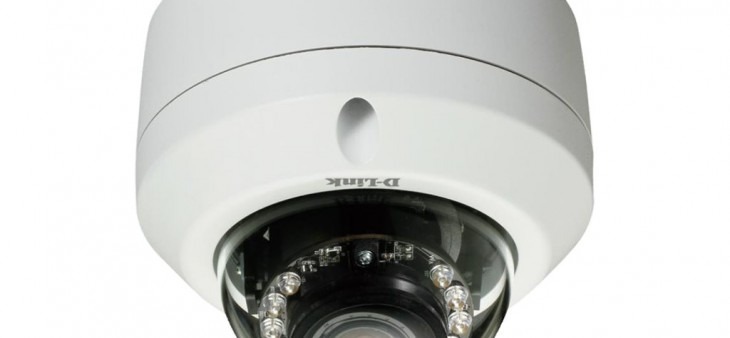
Gone are the days of clunky, power-guzzling CCD sensors. Today’s CMOS sensors offer superior image quality, low power consumption, and lightning-fast speed, making them the gold standard for network surveillance cameras.
Key Takeaways:
- CMOS sensors are more energy-efficient than CCD sensors, ideal for long-term camera operation.
- CMOS sensors deliver high-resolution images, perfect for capturing clear video evidence.
- The rapid response time of CMOS sensors makes them perfect for high-speed video applications.
Q: What Is a CMOS Image Sensor?
A: A CMOS image sensor is a type of image sensor that’s used in digital cameras. It’s made up of millions of tiny pixels, and each one changes light into an electrical signal.
They’re popular because they use less power than CCD sensors and can capture images much faster, making them ideal for high-speed video. Plus, the image quality they produce can be excellent, even comparable to CCD imagery in some situations.
CMOS sensors are image sensors located behind the lens of a camera. CMOS stands for complementary metal-oxide semiconductors. This type of sensor uses much less electrical power than CCDs (charged coupled devices), which are the more traditional digital camera image sensors. Both the CCD and the CMOS sensor convert light into electrons. They transition the optical image into the digital one. During image capture, light travels through a camera lens to the sensor which contains millions of pixels. Each type of image sensor comes with its own advantages. The benefits of CMOS sensors in network surveillance cameras include their low-power consumption and low-cost production. CMOS technology also offers faster read speeds, meaning it is preferable for high-speed video applications, including continuous filming.
Q: What are the main differences between CMOS and CCD sensors?
A: Both CMOS and CCD sensors convert light into an electrical signal, but they do so in different ways. CCD sensors are older and more sensitive to light, but they also consume more power and are slower to read. CMOS sensors are newer and more energy-efficient, making them ideal for battery-powered devices and applications where speed is important. They are also less sensitive to light than CCD sensors, but this can be mitigated by using a larger lens or longer exposure times.
CMOS Camera Device Technology
Originally, CMOS technology was used when high image quality was not required. However, today’s CMOS camera devices feature specialised technology that can deliver high image quality, even comparable to CCD imagery in some applications. CMOS properties, such as noise reduction and sensor sensitivity, contribute to these enhancements. In addition to improved imagery, cameras with quality CMOS sensors can offer high-speed image readouts. CMOS devices are integral to network surveillance cameras that meet operators’ image quality requirements.
High Resolution CMOS Network Security Surveillance
Surveillance applications demand sharply detailed imaging. A network surveillance camera with CMOS sensors can provide high resolution output. Various types of CMOS image sensors are built into IP surveillance products from box cameras to bullet cameras. Our knowledgeable staff is prepared to answer questions on camera specifications and proprietary image sensors.
Q: How can I choose the right CMOS sensor for my network surveillance camera?
A: When choosing a CMOS sensor for your network surveillance camera, you need to consider several factors, such as:
- Budget: CMOS sensors range in price from very affordable to quite expensive.
- Resolution: The resolution of the sensor will determine the quality of the images and video that it can capture.
- Frame rate: The frame rate of the sensor will determine how many images it can capture per second. This is important if you need to capture fast-moving objects.
- Low-light performance: If you need to capture images in low-light conditions, you will need a sensor with good low-light performance.
- Dynamic range: If you need to capture scenes with high contrast, you will need a sensor with a wide dynamic range.
Knowing that high-quality, reliable IP Cameras keep a vigilant eye on your facility, even when you are not there, can provide you with tremendous peace of mind. IP Security Cameras from Top suppliers like Axis, D-Link, Ubiquiti, Trendnet, Netgear, Cisco Meraki & Hikvision offering Indoor IP Cameras and Outdoor IP Cameras for both Home and Business. View our range at Comms Express.
